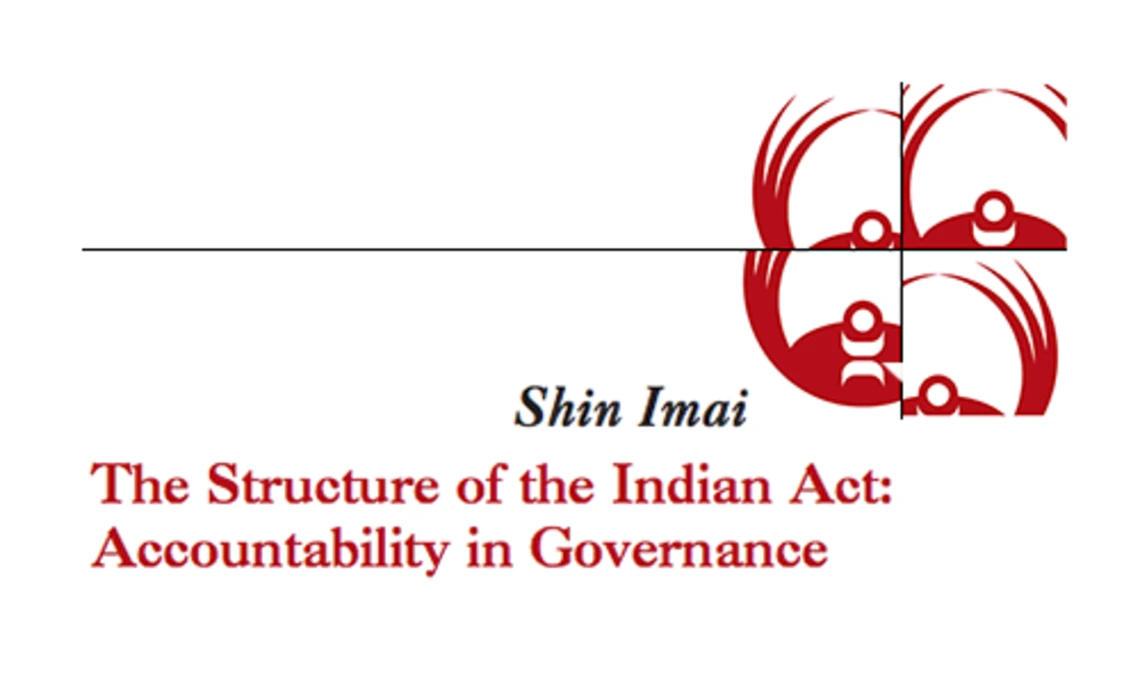The Indian Act has been criticized for giving the Chief and Council too little power to make their own decisions. The Royal Commission on Aboriginal Peoples counted nearly 90 provisions that give the Minister of Indian Affairs powers over the Band and Band Council. But the Indian Act has also been criticized for giving the Chief and Council too much power to make decisions. Some people point out that Chief and Council do not have enough accountability to members of the community. In sum, the Indian Act is criticized for giving Chief and Council too little authority and with giving Chief and Council too much authority. The fact is, both criticisms are valid. We will see in the discussion on the following pages how the structure of the Indian Act creates this contradictory state of affairs. We will discuss how to avoid such contradictions when the First Nation moves out of the Indian Act to a more suitable First Nation designed government system.
Additional Information
Imai, Shin. "The Structure of the Indian Act: Accountability in Governance". Research Paper for the National Centre on First Nations Governance. National Centre for First Nations Governance. Canada. July 2007. Paper.

